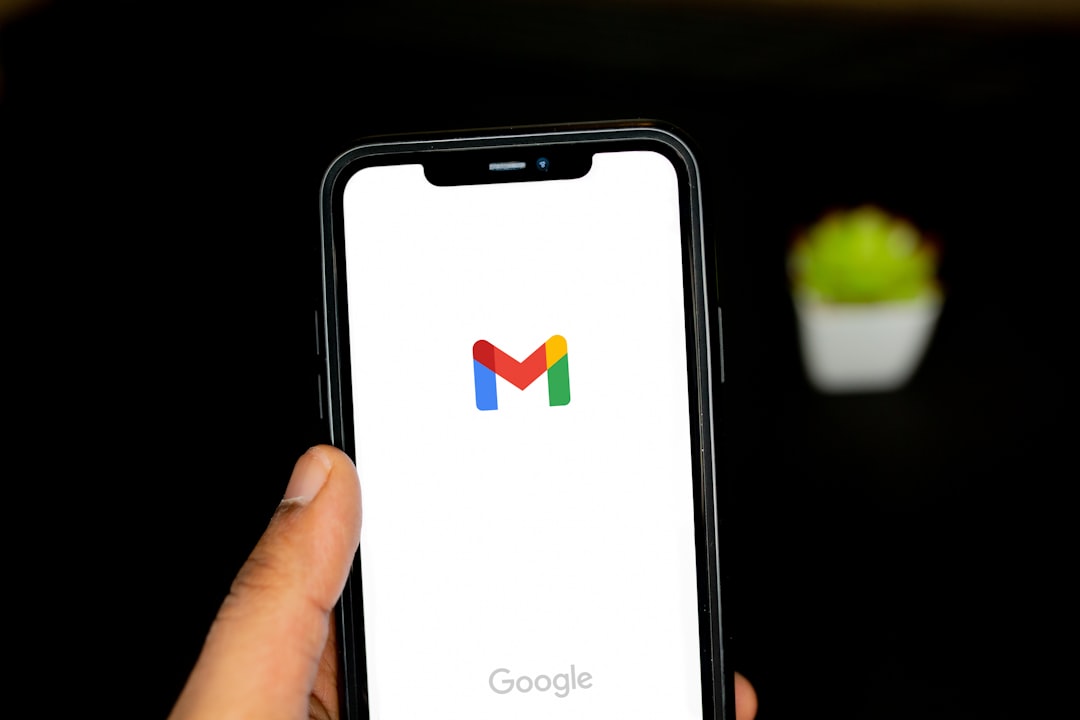Table of Contents
- Introduction
- Basic requirements for dishwasher installation by plumbers
- The role of plumbers in plumbing fixture installation
- Common plumbing services related to dishwasher installation
- Understanding plumbing code compliance for dishwashers
- Costs associated with hiring certified plumbers for installations
- Potential plumbing issues that may arise during installation
- The importance of plumbing maintenance for dishwashers
- Plumbing emergency services and dishwasher-related repairs
- Conclusion
- Frequently Asked Questions
Introduction
In the realm of kitchen renovations, dishwasher installations often spark excitement and uncertainty alike. As homeowners embark on the journey of upgrading their culinary spaces, one pressing question often arises: Can plumbers install dishwashers?
While the tasks may seem simple on the surface, this inquiry delves into the intricate world of plumbing and appliance installation. The intersection of these two fields is where the magic happens, transforming kitchens into efficient cooking and cleaning havens.
In this article, we will unpack the relationship between plumbers and dishwasher installations, exploring the skills required, the potential pitfalls, and what homeowners need to know before embarking on their kitchen upgrade journey. Are you ready to dive into this essential home improvement topic? Let’s unveil the truth behind your kitchen upgrades!
Basic requirements for dishwasher installation by plumbers
When it comes to installing a dishwasher, plumbers must meet several basic requirements to ensure a successful setup.
First and foremost, they need access to a suitable water supply. This includes both hot and cold water lines, which should be properly connected to the dishwasher’s inlet valve.
Additionally, a dedicated electrical supply is required, as most dishwashers operate on 120 volts. Plumbers must ensure that the electrical connection complies with local building codes and safety regulations.
Another essential factor is the drainage system. The installation site should have a suitable discharge point, such as a sink or garbage disposal, to allow for proper drainage of wastewater.
Furthermore, plumbers should also verify that the area around the dishwasher is level and stable, as this can affect its operation and efficiency.
Lastly, proper insulation and sealing are necessary to prevent any leaks or water damage during use. By meeting these basic requirements, plumbers can guarantee that the dishwasher functions effectively and lasts for years to come.
The role of plumbers in plumbing fixture installation
Plumbers play a crucial role in the installation of plumbing fixtures, ensuring that everything operates efficiently and adheres to local building codes. When it comes to fixtures like dishwashers, sinks, toilets, and showers, plumbers are responsible for connecting the water supply, drainage systems, and ensuring proper ventilation. This requires not only technical skills but also knowledge of relevant regulations and safety standards.
During the installation process, plumbers assess the existing plumbing system to determine the best approach for integrating new fixtures. They are adept at modifying pipes, installing valves, and sealing connections to prevent leaks. Furthermore, their expertise extends to troubleshooting any potential issues that may arise during installation, such as improper water pressure or drainage problems.
Additionally, plumbers provide valuable advice on the selection of fixtures that best suit the client’s needs and budget, making them an essential resource for homeowners and builders alike. Their involvement ensures that installations are completed not only correctly but also in a timely manner, which is vital in both residential and commercial projects.
Common plumbing services related to dishwasher installation
When it comes to dishwasher installation, several common plumbing services are typically involved. First and foremost, the existing plumbing connections need to be assessed for compatibility with the new dishwasher. This includes checking the hot water supply line, which is essential for proper functioning, as well as ensuring that the drain line is in good condition.
Another crucial service is the installation of a dedicated electrical outlet if one is not already present. Dishwashers require a specific power supply to operate effectively, and upgrading the electrical system may be necessary. Additionally, plumbers will often handle the installation of a new connector or adapter for the dishwasher’s drainage hose to ensure a secure fit.
Furthermore, during the installation process, plumbers may also address any water pressure issues to prevent leaks and ensure optimal performance. Proper sealing around the dishwasher is also vital to prevent water damage to surrounding cabinets. Overall, professional plumbing services play a significant role in ensuring a seamless and efficient dishwasher installation.
Understanding plumbing code compliance for dishwashers
Understanding plumbing code compliance for dishwashers is crucial for ensuring both safety and functionality in your home. Plumbing codes are set by local authorities and usually align with national standards, aiming to prevent issues such as water leaks and cross-contamination.
One primary consideration is the installation of the dishwasher’s drain line, which must be properly connected to avoid backflow and ensure wastewater is expeditiously discharged. Additionally, the dishwasher should be connected to a hot water supply that meets the minimum temperature requirements outlined in the plumbing code.
It’s also important to install a dedicated circuit for the dishwasher, as most models require specific electrical standards for safe operation. Homeowners should consult their local plumbing code regulations or a licensed plumber to ensure compliance.
Failure to adhere to plumbing codes can result in costly repairs, safety hazards, and even the inability to pass home inspections when selling the property. Engaging a professional familiar with these codes can help ensure the installation process runs smoothly and legally.
Costs associated with hiring certified plumbers for installations
When hiring certified plumbers for dishwasher installations, various costs may be involved that homeowners should consider.
First, there is the labor cost, which typically varies based on the plumber’s experience and geographical location. On average, plumbers may charge between $45 to $150 per hour, depending on these factors.
Additionally, some plumbers may have a flat rate for specific jobs, such as dishwasher installation, which can range from $100 to $300.
Beyond labor, there might be extra costs for materials, such as hoses, fittings, and plumbing fixtures that may not be included in the initial estimate.
Homeowners should also factor in potential additional expenses related to permits, particularly if plumbing or electrical modifications are required to accommodate the dishwasher.
It’s advisable to request detailed estimates from multiple plumbers to compare prices and services. Being aware of these potential costs can help homeowners budget effectively for the installation process and avoid any unexpected financial surprises.
Potential plumbing issues that may arise during installation
When installing a dishwasher, several potential plumbing issues may arise that require careful attention.
One common issue is improper drainage, which can lead to water pooling or backflow. If the existing plumbing is not configured correctly or if the dishwasher’s drainage hose is not at the right height, users may face significant problems.
Additionally, leaks may occur during installation, particularly at connection points. These leaks can lead to water damage and mold if not addressed promptly.
Another issue is the water supply line; if it is old or corroded, it may not provide a reliable flow of water to the dishwasher. In some cases, the water pressure needs to be evaluated to ensure optimal performance.
Moreover, the installation may require adjustments to accommodate the dishwasher’s size and layout, which could lead to conflicts with existing plumbing fixtures.
Finally, local codes and regulations must be considered, as improper installations can lead to compliance issues.
The importance of plumbing maintenance for dishwashers
Proper plumbing maintenance is essential for the optimal functioning of dishwashers. Regular upkeep ensures that the plumbing system connecting to the dishwasher is free of blockages, leaks, and other issues that can disrupt its performance. Over time, debris, food particles, and grease can accumulate in the pipes, leading to clogs that prevent water from draining properly. This not only affects the dishwasher’s efficiency but can also lead to more significant plumbing problems down the line.
Moreover, maintaining the plumbing can help to prolong the lifespan of the dishwasher itself. A well-maintained plumbing system reduces the risk of pressure build-up, which can cause damage to the appliance’s internal components. Additionally, regular inspections allow homeowners to identify small issues before they escalate into costly repairs. By ensuring that the water supply lines and drainage systems are in good condition, homeowners can enjoy cleaner dishes and greater peace of mind, knowing their appliance is in good working order.
Plumbing emergency services and dishwasher-related repairs
Plumbing emergency services play a crucial role in maintaining the functionality of various household appliances, including dishwashers. These services are designed to address urgent plumbing issues that could lead to significant damage if not resolved quickly. For instance, a malfunctioning dishwasher can cause leaks, flooding, and even mold growth if left unchecked.
In many cases, plumbers are skilled at handling dishwasher-related repairs such as fixing leaks, replacing hoses, and addressing drainage issues. They can also assist with the installation of new dishwashers, ensuring that the water lines and electrical connections are correctly set up.
During a plumbing emergency, it’s essential to have access to qualified professionals who can quickly diagnose and rectify the problem, as a malfunctioning dishwasher can disrupt daily life. Furthermore, proper maintenance and timely repairs can extend the lifespan of the appliance, making it a worthwhile investment for homeowners. Understanding the importance of plumbing emergency services in relation to dishwashers can help homeowners make informed decisions when faced with appliance-related issues.
Conclusion
In conclusion, hiring a qualified plumber for your dishwasher installation can significantly enhance the efficiency and longevity of the appliance while ensuring compliance with local plumbing codes. A certified plumber can address crucial elements such as water supply, drainage, and electrical connections, minimizing the risk of future plumbing issues. Taking the time to select an experienced professional can save you time, money, and unnecessary headaches down the road. Don’t leave your kitchen upgrades to chance—reach out for expert assistance. If you’re ready to enjoy the convenience of a new dishwasher without the hassle of installation complexities, call 573-555-2121 today for reliable plumbing support and ensure your kitchen upgrade goes smoothly!















